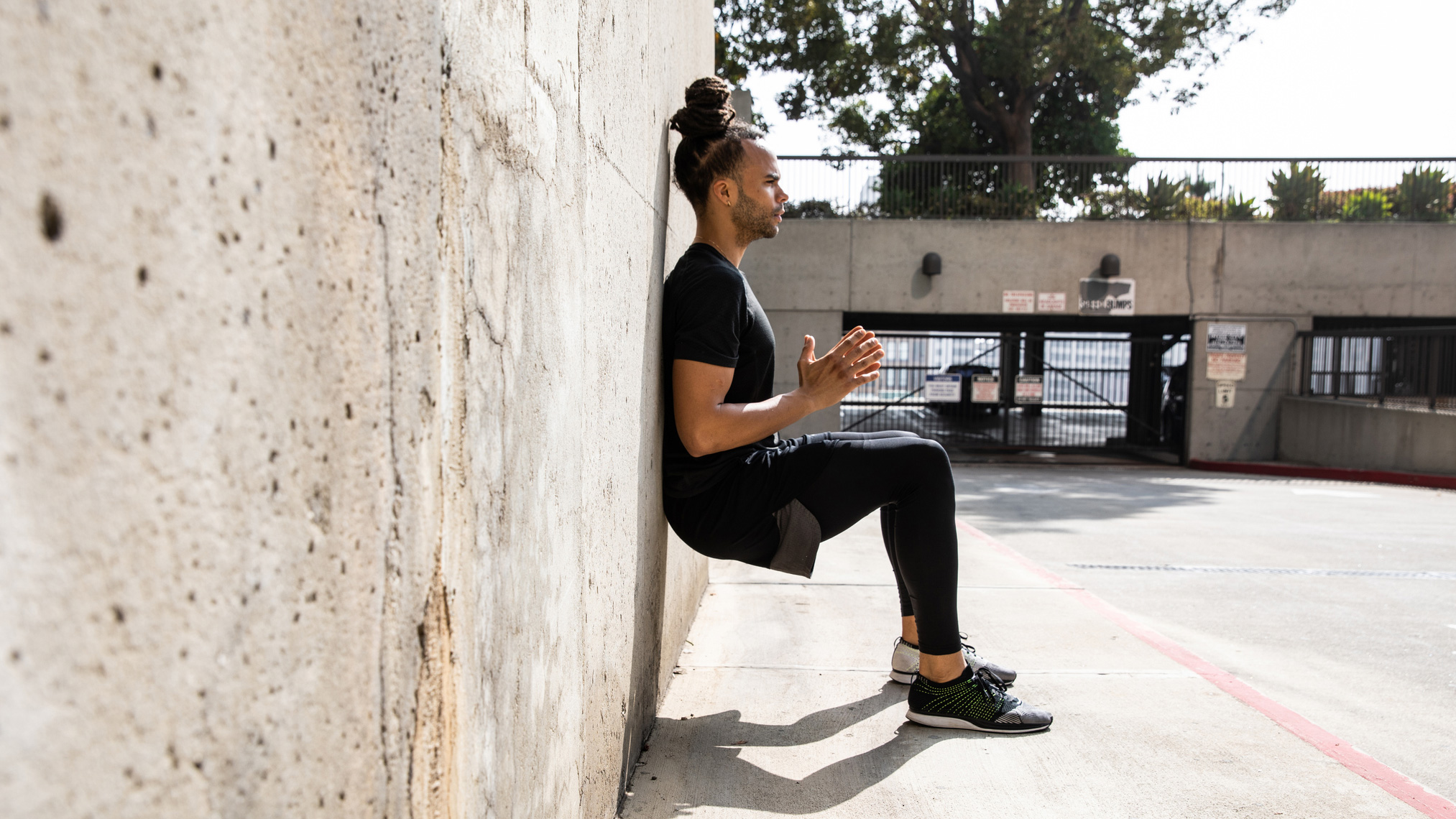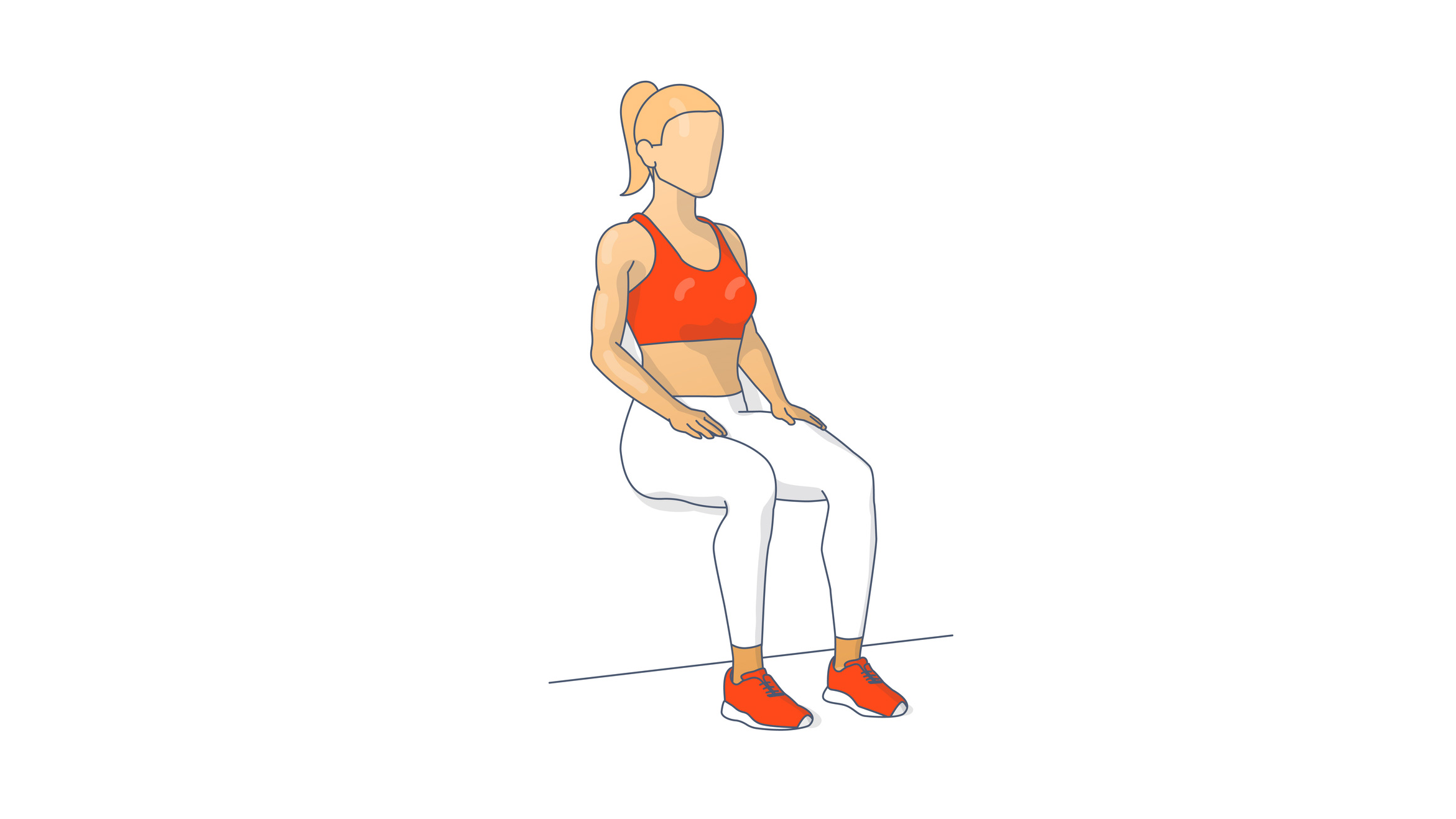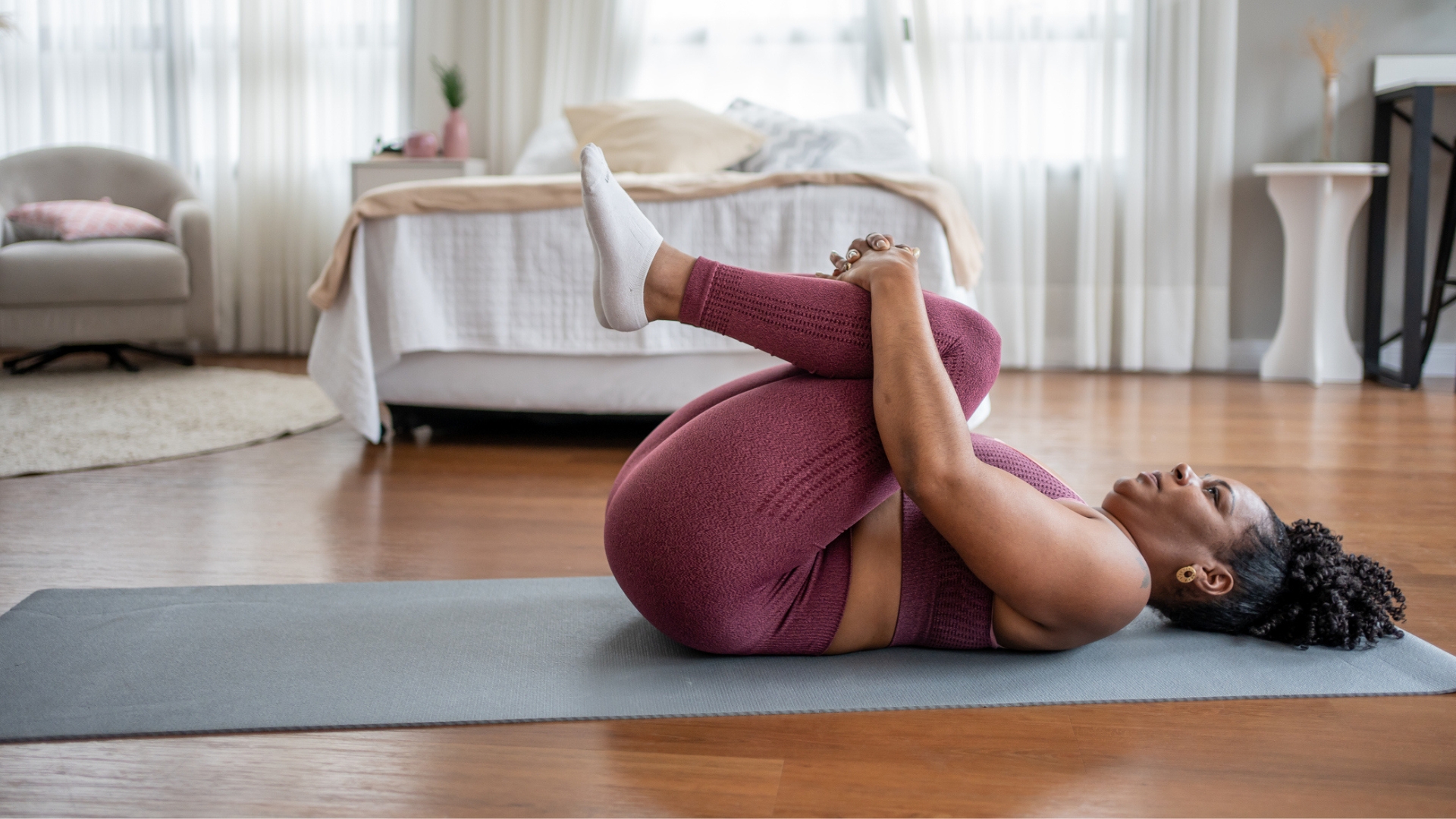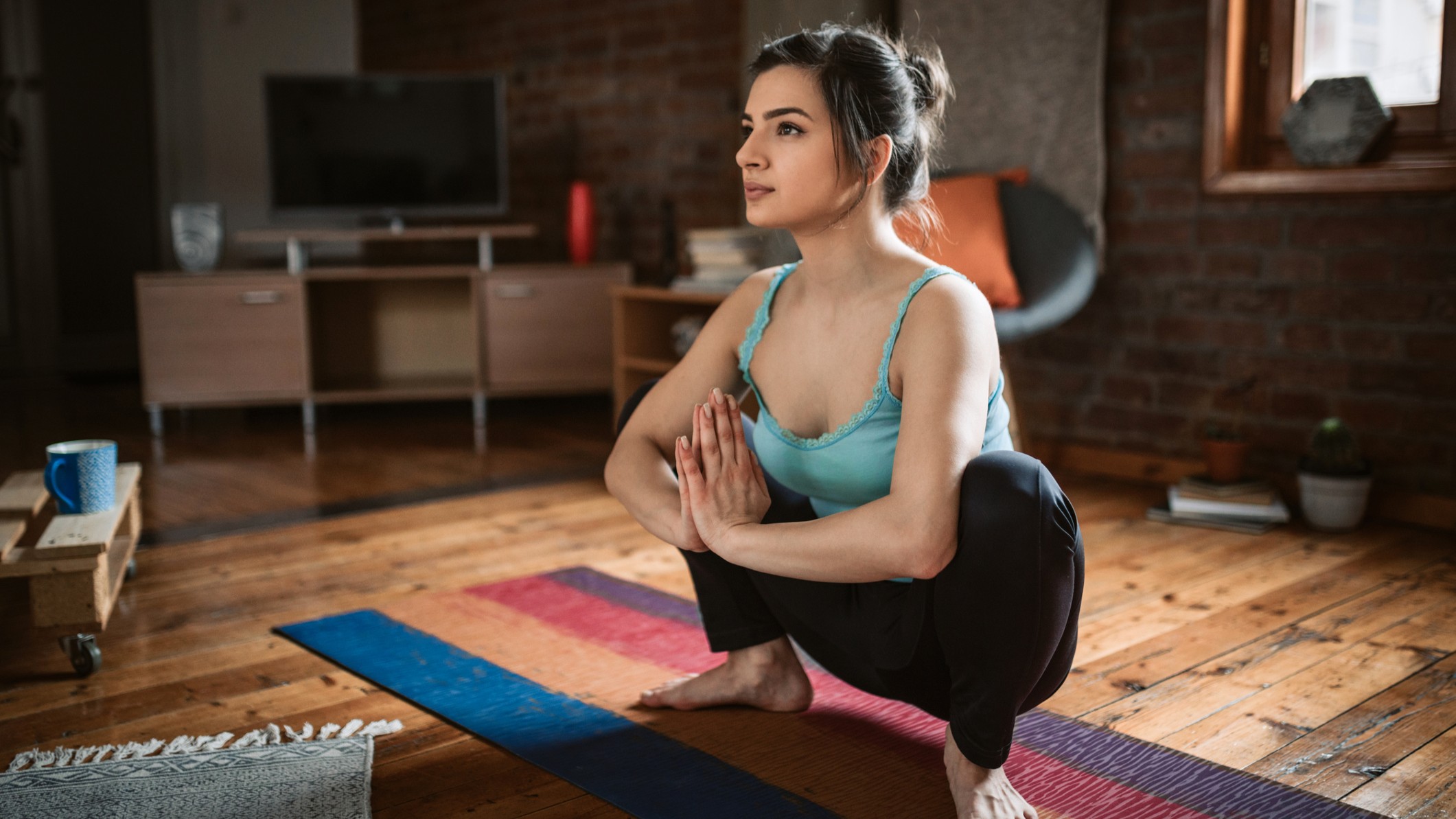Science says you don't have to do crunches or planks to get abs – do wall sits instead
Wall sits are easier on your joints and spine than crunches, and engage your entire core in addition to your legs


If you want an exercise that works your core – whether you're after six-pack abs or just more stability and strength in everyday life – you may not want to get down onto the floor to do crunches, sit-ups, and planks.
Even though floor exercises using items like the best ab roller might be great for core strength, you may find getting up and down challenging for unrelated mobility and health reasons, such as bad joints. Alternatively, you may have read about crunches being harmful to your spine if performed incorrectly. Our best workouts for abs list offers a few alternatives, but if you're really floor-averse, you can work your core and lower body while still standing on your own two feet. All you need is a wall.
The wall sit is the ideal exercise for many people, especially seniors: it promotes core and leg strength, increasing stability and lowering your risk of falls. It's also kind to your joints, as it's an isometric (stationary contraction) rather than a dynamic movement.
No getting up and down, running, or jumping: you can even pop a stool or bench against the wall, just underneath you as you perform the exercise, to reduce any risk of falls while performing it.

Research from the Journal of Physical Therapy Science looked at the effect training modified wall squats (wall sits that have you slide up and down slightly, working the same muscles as a regular wall sit) had on participants over a six-week period. They trained for 30 minutes, three times a week. By the end of the six weeks, it was found the exercise "increased the thicknesses of the transversus abdominis and internal obliques".
Your obliques are the muscles at the side of your abdominals, and your transverse abdominis, a deep layer of internal muscle that protects your spine and organs. This means doing sits and squats against a wall can improve your lower back and your abdominal muscles in addition to your glutes and legs. It's effectively a sitting "plank" that you don't have to do while lying on the floor (or one of our best yoga mats). It won't even disturb the downstairs neighbors, as it's low-impact.
This versatility makes it easy to create a bit of a game out of it. Working from home? Bring your phone (or laptop if you're feeling brave), start a 60-second timer and attempt to compose an email while perched in a wall-sit pose against the nearest wall. Challenge your family to competitions. Bring a book or a magazine with you and read while you do it, or aim to get five 60-second wall sits while watching one episode of your favorite show.
Get the Fit&Well Newsletter
Start your week with achievable workout ideas, health tips and wellbeing advice in your inbox.
It's a versatile exercise perfect for those with poor joint health, but it can be useful to absolutely anyone of any fitness level. It can also be done anytime, anywhere. What more could you want?
Matt Evans is an experienced health and fitness journalist and is currently Fitness and Wellbeing Editor at TechRadar, covering all things exercise and nutrition on Fit&Well's tech-focused sister site. Matt originally discovered exercise through martial arts: he holds a black belt in Karate and remains a keen runner, gym-goer, and infrequent yogi. His top fitness tip? Stretch.
-
 A top mobility coach says you should stop stretching at the end of your workouts and do them before bed instead
A top mobility coach says you should stop stretching at the end of your workouts and do them before bed insteadUse my five-move routine to wind down before bed
By Sam Rider Published
-
 Hip stretches not working for you? These five dynamic movements did wonders for my mobility—and they're physical therapist-approved
Hip stretches not working for you? These five dynamic movements did wonders for my mobility—and they're physical therapist-approvedI tried this dynamic hip stretch routine and it felt so good I had to ask a physical therapist to find out why it was so effective
By Lou Mudge Published
